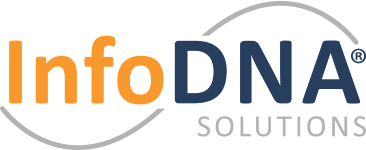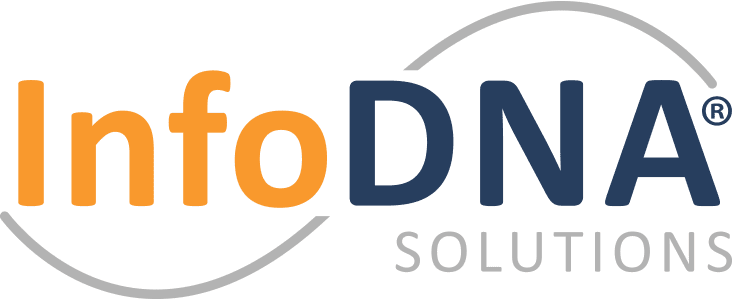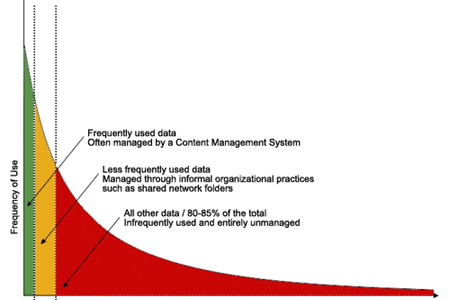
Consider a few data points:
-
Over 17 million fax machines are still in use in the US, with global numbers in excess of 46 million fax machines (source: HTPoint.com).
-
US companies spend more than $120 billion a year on printed forms, most of which outdate themselves within three months’ time (source: Integrify.com).
-
The estimated global annual invoice volume is 550 billion, and about two thirds of this volume is still in unstructured formats like paper and PDF (source: Billentis.com).
-
There are 116 million Americans over the age of 50, and 20% of them do not use the internet.
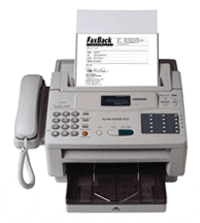 The list of examples of legacy technology drag goes on and on.
The list of examples of legacy technology drag goes on and on.
Legacy systems will not go away on their own. Just because newer and more modern technologies have been introduced, doesn’t mean the legacy system goes up in a cloud of smoke. Legacy systems persist for many reasons — some customer-based, some technological, some political, some financial — and they are difficult to displace. But these legacy systems do ultimately need to be replaced and modernized.
The Digital Transformation Elephant in the Room
So what is the path forward? The long tail of legacy technology in most large-scale organizations cannot just be ignored. It is the digital transformation elephant in the room and must be treated as such. The path forward is to make modernization and replacement a strategic information governance priority, rather than an afterthought.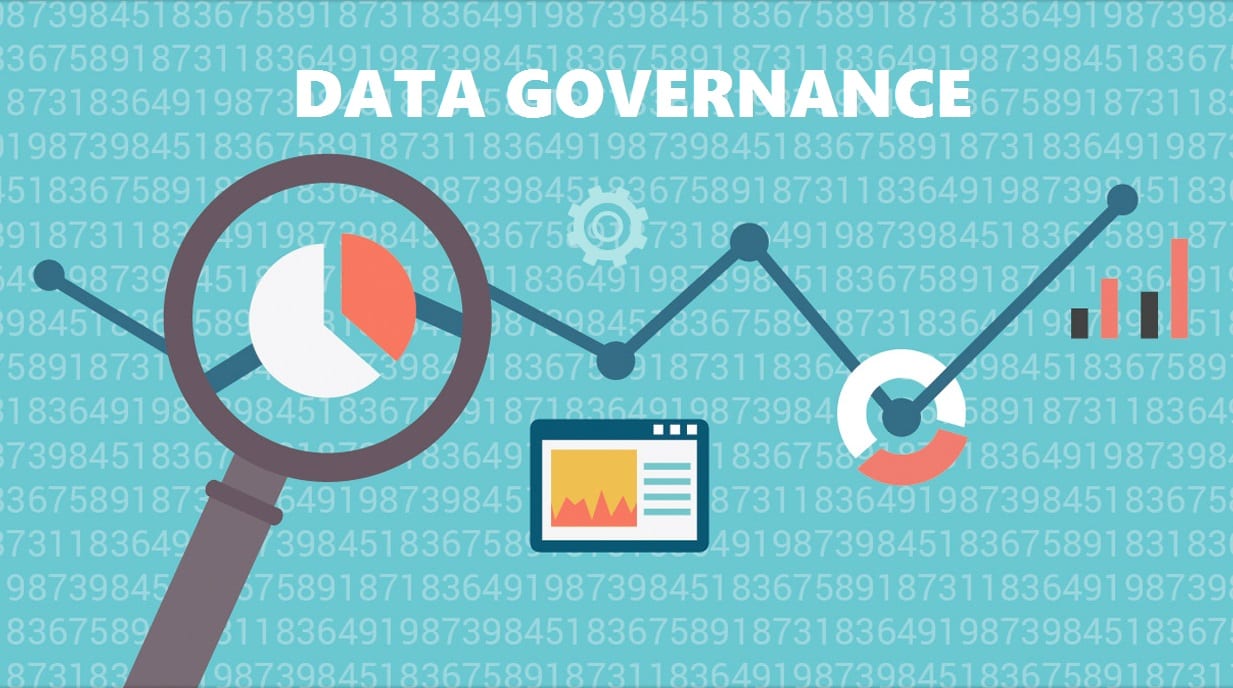 For too long, information governance has been viewed by organizations as something more akin to good hygiene or eating more fiber: something you should do, but that isn’t necessarily pleasant. The challenge of the accelerating pace of technology innovation and the resulting explosion of information chaos is compounded by the head in the sand approach many organizations have when it comes to facing the reality of their legacy infrastructures.
For too long, information governance has been viewed by organizations as something more akin to good hygiene or eating more fiber: something you should do, but that isn’t necessarily pleasant. The challenge of the accelerating pace of technology innovation and the resulting explosion of information chaos is compounded by the head in the sand approach many organizations have when it comes to facing the reality of their legacy infrastructures.
This means developing a strategy for deciding what to do with all of the accumulated information in systems due for retirement. It means thinking about what portions of this accumulated history actually have long-term value, what portions of your dark and impenetrable information archives could have value if you applied modern cognitive and machine technologies to them, and getting rid of the rest.  Here are some of the annoying questions organizations need to ask about each information system as they modernize:
Here are some of the annoying questions organizations need to ask about each information system as they modernize:
- How old is the system and where is it in its lifecycle? That is, is the system a current version and/or still supported by the vendor?
- Is it customized or integrated with any other systems?
- Where is it physically located? This is often a significant issue for multinational organizations, and governmental entities, because of privacy and data protection concerns.
- Who owns the system (and therefore the data on it)? IT is a custodian, but ultimately the business is the steward and owner of the information on those systems.
- How will you find out where rogue or shadow IT systems, likely unsupported by IT, are being used? Common examples include file sharing systems, personal email and communications applications.
- How will you find where one-off tools — like Access databases, Lotus Notes applications, authoring tools, business-deployed SaaS applications, and single-seat applications — are being used?
Make it a New Year’s resolution to build a strategy that avoids the dangers of unplanned legacy modernization. Learn more at www.infodnasolutions.com
